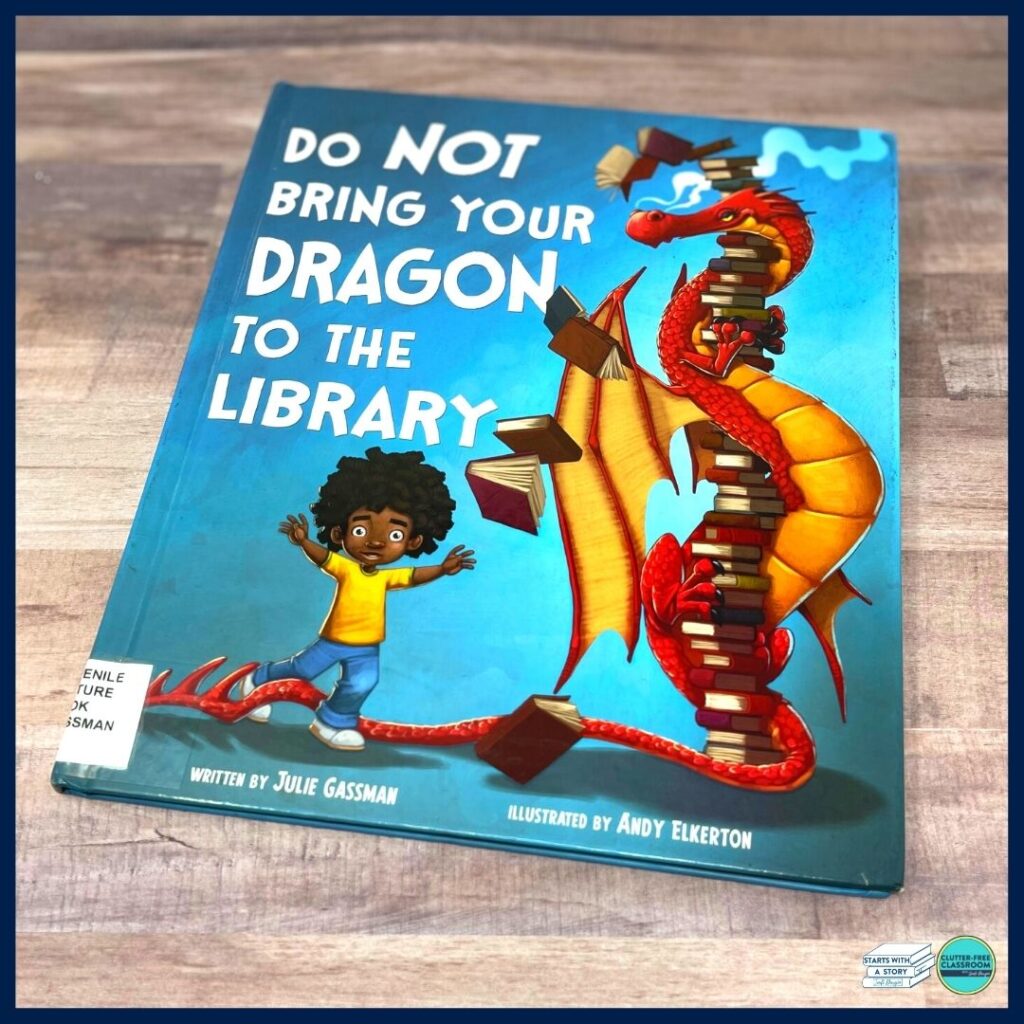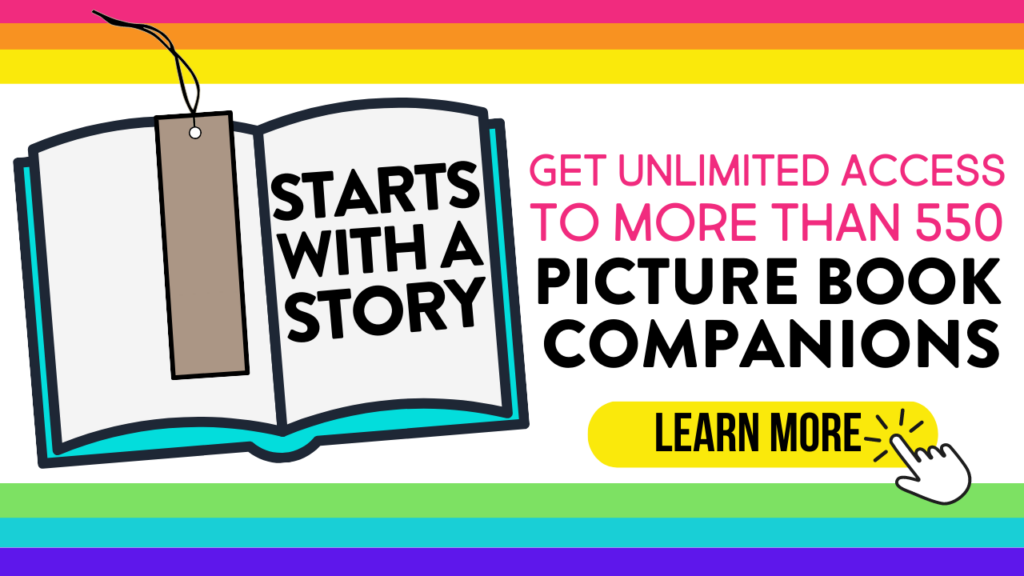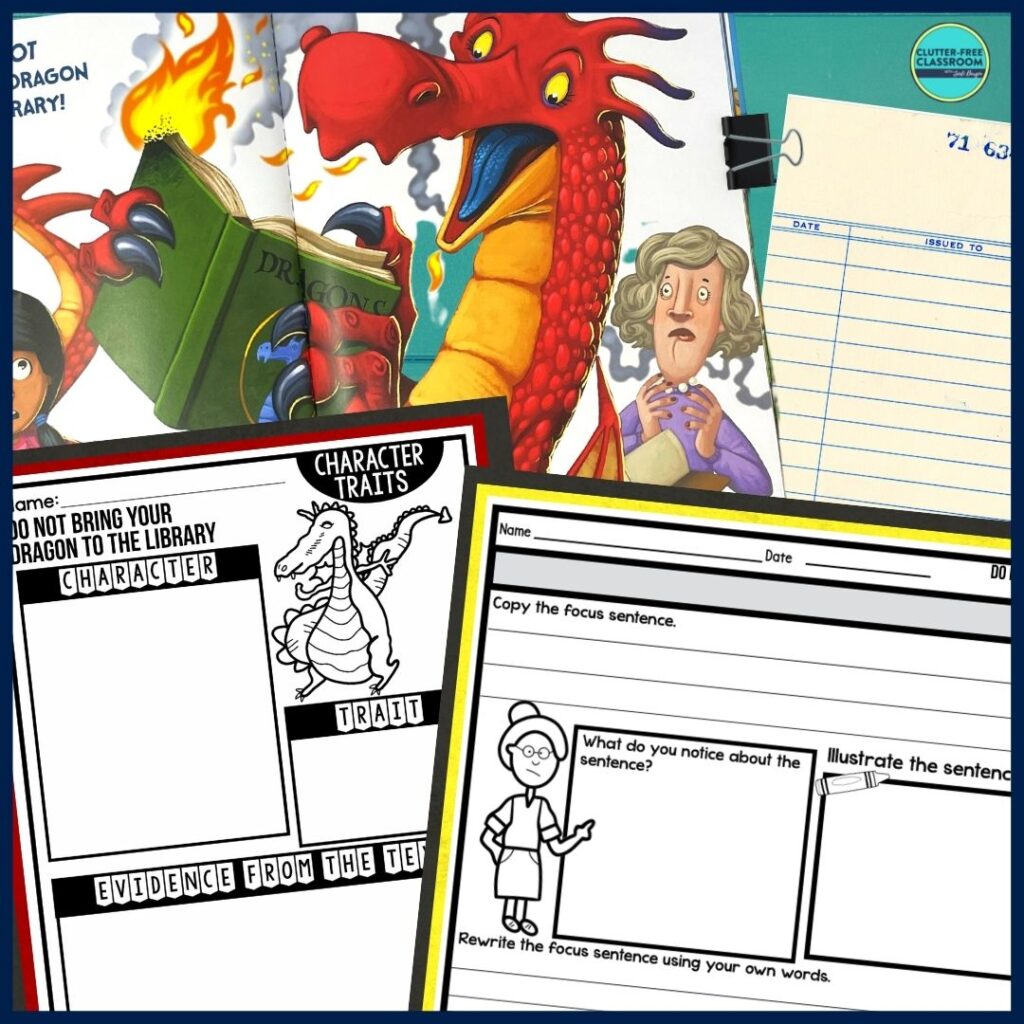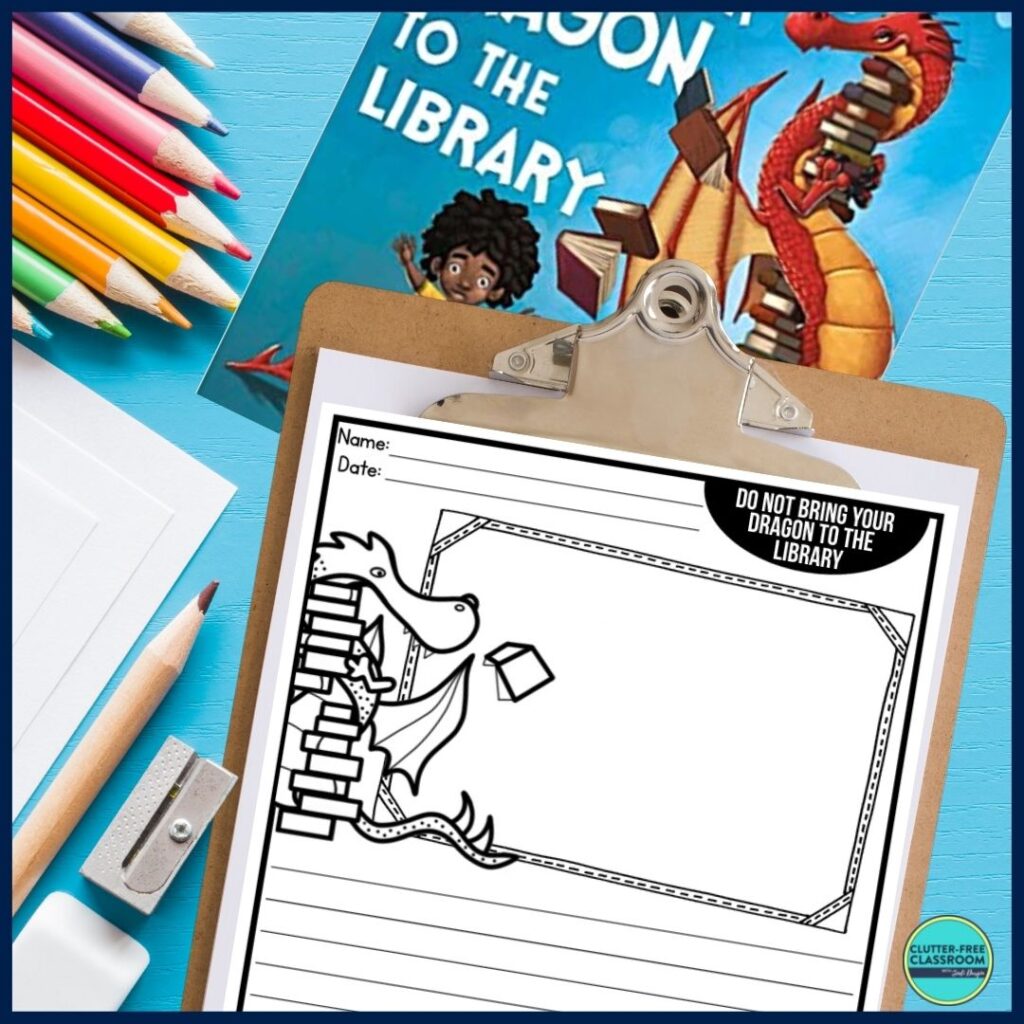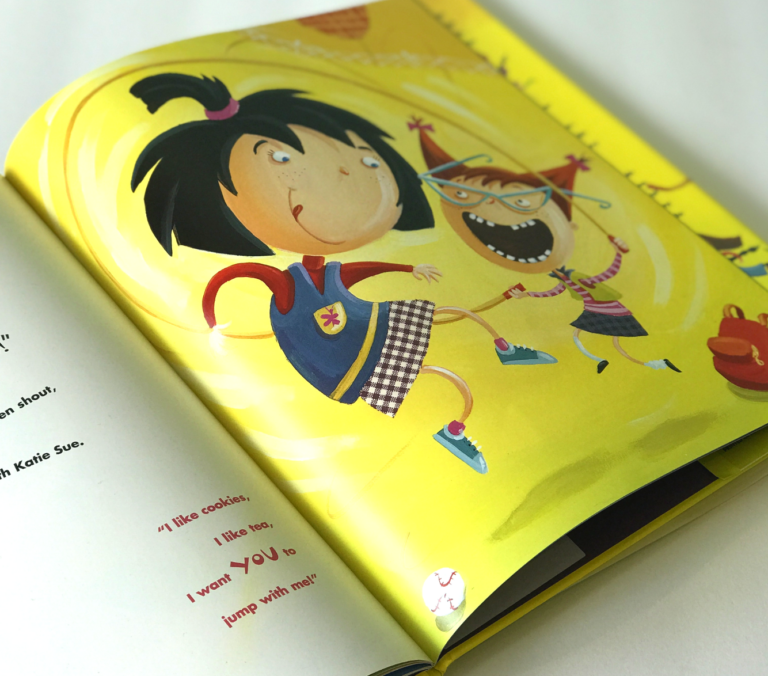Elementary teachers looking for lesson plans and activities for Do Not Bring Your Dragon to the Library will love this post. It includes information about the book, as well as teaching resource recommendations.
With the theme following rules and expectations, this Do Not Bring Your Dragon to the Library picture book by Julie Gassman is a favorite in 1st, 2nd and 3rd grade classrooms. It will be a big hit in your classroom too!
If you need additional book recommendations, you might find this list of children’s books about the library helpful. It spotlights high quality read alouds like Library Lion and Madeline Finn and the Library Dog.
Engage Your Students with Do Not Bring Your Dragon to the Library Lesson Plans & Activities in 3 Easy Steps:
- Read a summary of Do Not Bring Your Dragon to the Library.
- Check out the teaching ideas for reading comprehension strategies, grammar topics and social emotional learning skills that can be taught using this children’s book.
- Download the book companion to make lesson planning simple with Do Not Bring Your Dragon to the Library reading comprehension questions, writing prompts, teaching ideas & no-prep extension activities.
DO NOT BRING YOUR DRAGON TO THE LIBRARY SUMMARY
There are many rules to follow when visiting the library: no running, no shouting and you must take care of the books. However, the most important rule that everyone must follow is not to bring a dragon to the library.
Although they might want to take part in story time or library shows, they are simply not allowed. A dragon at story time would take up too much space, and a dancing dragon at a show could cause a big mess. Even though libraries are big, they are not big enough for dragons roaming the aisles, they will knock over the shelves. A dragon inside the library could even get too excited and start a fire!
However, there is still a way for dragons to enjoy all the great stories libraries have to offer. Children can use their library cards to bring books home to dragons for them to enjoy!
This entertaining story about the rules of a library is sure to keep students laughing!
DO NOT BRING YOUR DRAGON TO THE LIBRARY LESSON PLAN IDEAS
Each of our 400+ Starts With a Story book companions come with a teacher’s guide to make lesson planning quick and easy, printable worksheets and digital resources that cover ALL of the standards-based reading comprehension skills.
When it comes to writing lesson plans and finding activities for Do Not Bring Your Dragon to the Library, we’ve already done all of the heavy lifting for you.
We found this book was especially good at teaching the topics listed below.
READING COMPREHENSION QUESTIONS
The text-based Do Not Bring Your Dragon to the Library reading comprehension questions focus on:
- summarize / retell
- analyzing illustrations
- identify the main idea
- author’s purpose
- rhyme | rhythm | repetition
LITERATURE-BASED SOCIAL EMOTIONAL LEARNING LESSONS
We found this story to be a great SEL picture book to promote:
- expectations
GRAMMAR, VOCABULARY & WORD STUDY
- pronouns
- multiple meaning words
- contractions
- ellipses
DO NOT BRING YOUR DRAGON TO THE LIBRARY ACTIVITIES
You’ll receive all of the following resources aligned to the story:
- comprehension questions
- 30 writing prompts with themed paper
- vocabulary activities
- word study print & go activities
- ideas for grammar lessons with focus sentence printables
- social emotional learning discussion topics
- graphic organizers to target specific comprehension skills and strategies
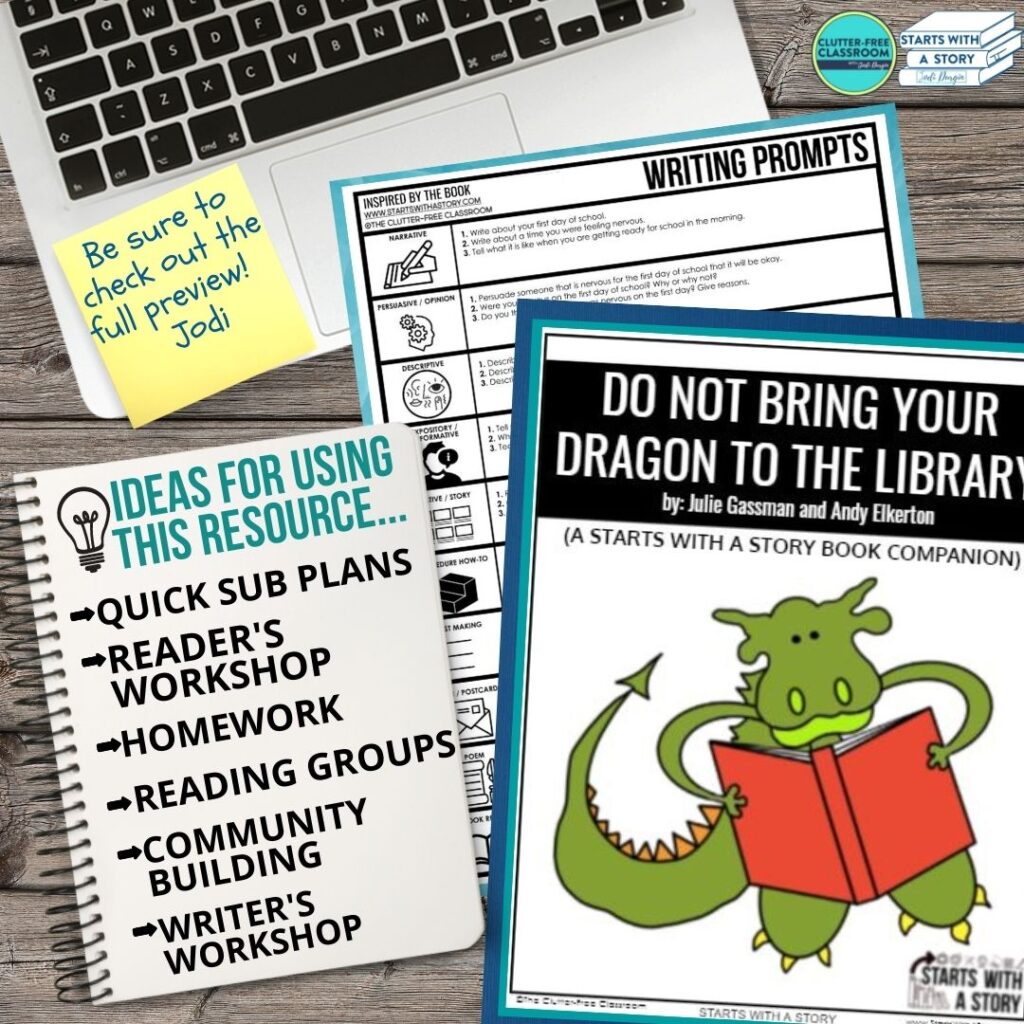

YOU HAVE 2 OPTIONS! WHERE WOULD YOU LIKE TO PURCHASE THIS BOOK COMPANION?
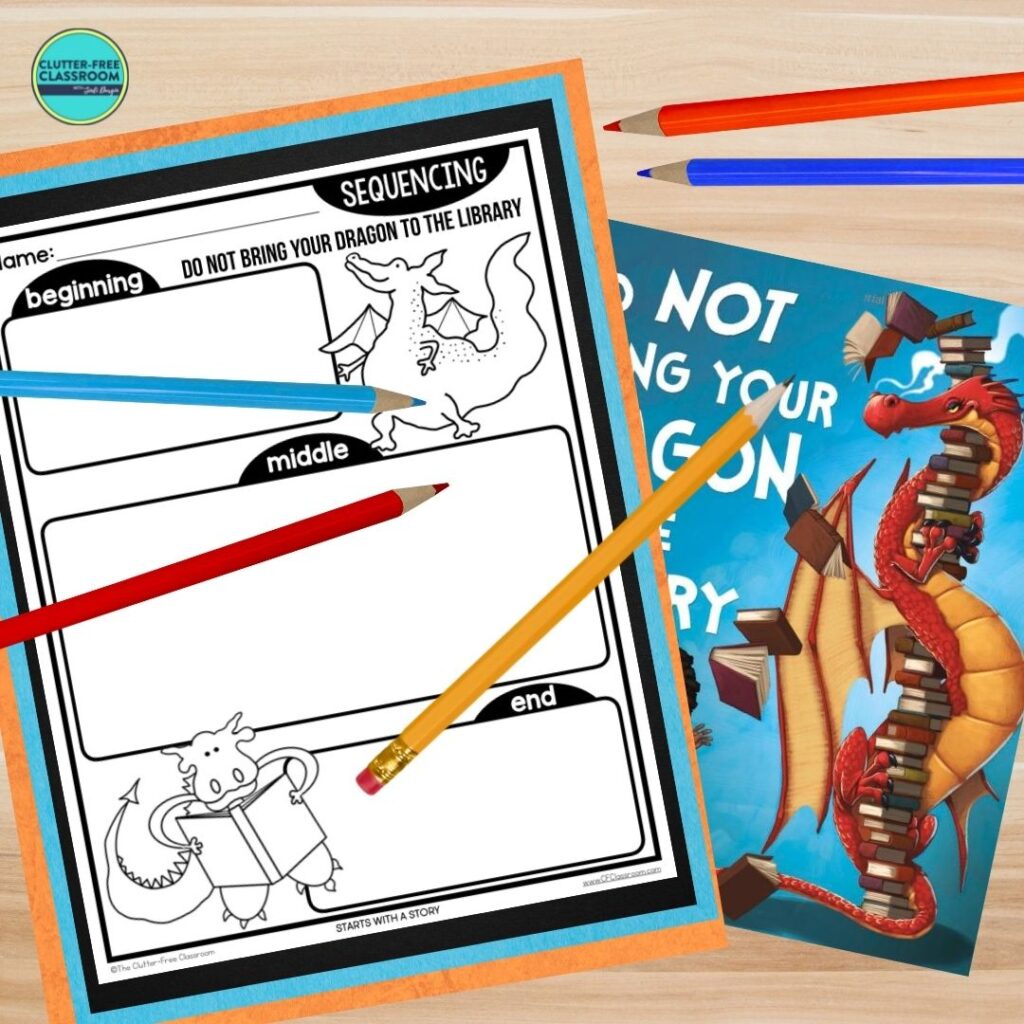
BOOK INFO FOR ELEMENTARY TEACHERS
What are the reading levels for Do Not Bring Your Dragon to the Library?
- Lexile® Measure: AD560L
- Guided Reading Level: K
- DRA Level: 20
- Accelerated Reader Level (ARC): 2.6
Who is the author? Who is the illustrator?
The book was written by Julie Gassman. It was illustrated by A. Elkerton.
What genre is Do Not Bring Your Dragon to the Library?
It is a fiction book. You may want to check out our genre activities or read our blog post, How to Teach Genre to Elementary Students.
How many pages are in the book?
The story is 32 pages long.

